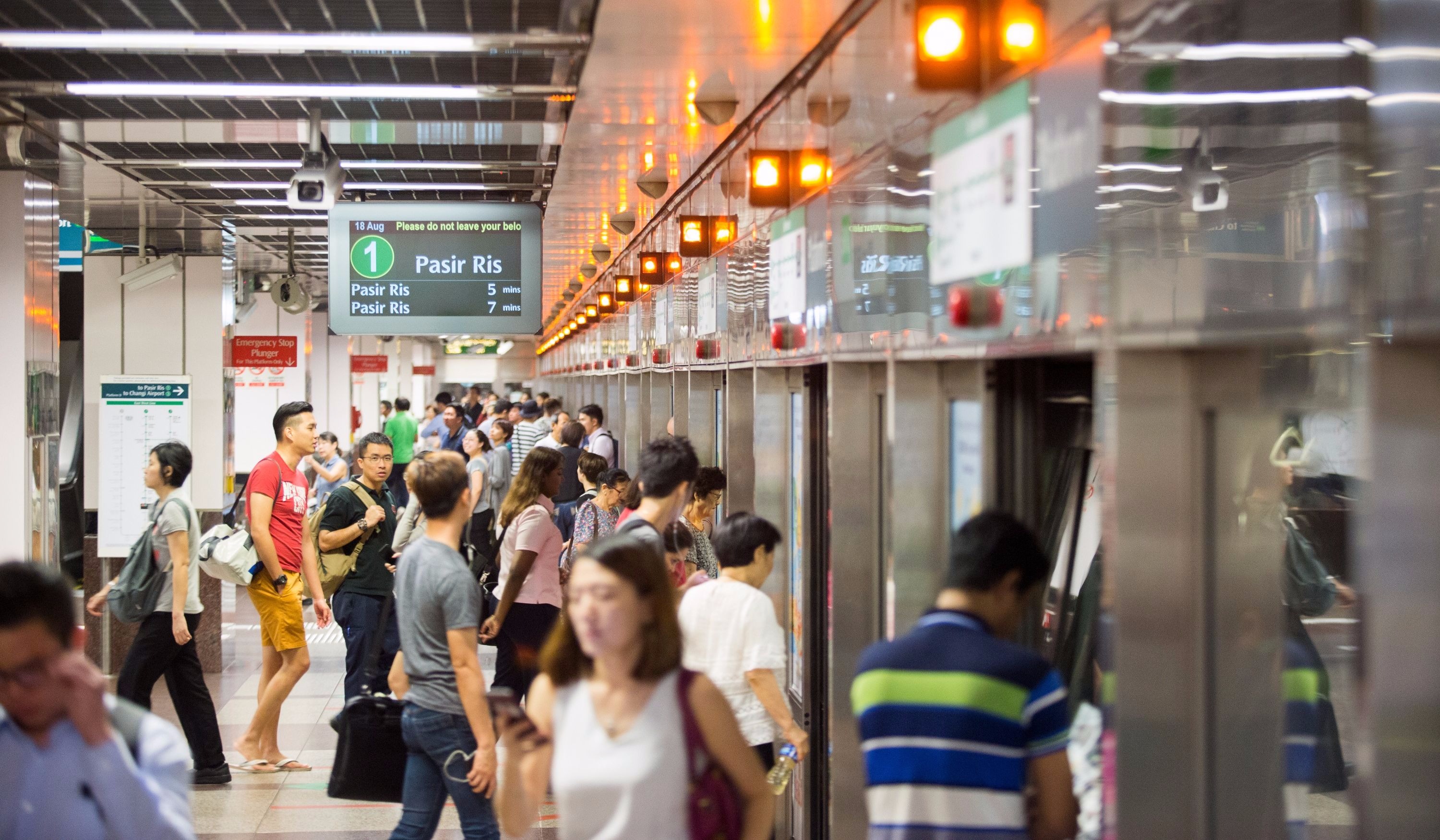PTC to Consult Widely on New Fare Formula

The current fare formula is valid for five years, from 2013 to 2017. Hence, it is timely for the Public Transport Council to review and recommend to the Government a new fare formula and mechanism.
The Council will consult widely. We will be engaging our commuters, public transport operators, experts and other stakeholders. We welcome feedback and suggestions on how the fare formula can be improved.
We will ensure that fares will remain affordable for our commuters. We will also consider the longer term financial viability of our public transport system. The views gathered from stakeholders will help to achieve an equitable and fine balance.
Our public transport system has evolved
Since the current fare formula was introduced in 2013, our public transport system has seen many significant changes and developments:
- The Bus Service Enhancement Programme (BSEP) has increased the bus fleet significantly, with 850 new buses and 70 new or enhanced routes;
- 42 new trains have been added to our Circle and North East MRT lines to ease crowding;
- 57 trains will be added to our North-South and East-West Lines up till 2019; and
- The rail system network will increase from 200km now to 360km in 2030.
The recent Committee of Supply (COS) session on transport has highlighted the significant financial resources that the Government has invested to expand and enhance our public transport system over the last few years; and that more will be invested in the coming years. The goal is to improve services and make public transport the choice mode of travel in Singapore. This is important to achieve the vision of Car-Lite 2030.
In addition,
- the Government has taken over ownership of bus and rail assets under the Bus Contracting Model and New Rail Financing Framework respectively,
- stricter service performance standards have been imposed on operators under the new industry models;
- rail infrastructure has been upgraded;
- re-sleepering works on the North-South and East-West Lines have been completed;
- re-signalling and power upgrading works are in progress to further improve system reliability.
Service improvements
These changes have resulted in service improvements. Ridership has also grown. Bus services have become less crowded. The number of crowded services had fallen by 85% since the inception of the BSEP. The trains have also become more reliable. Mean Kilometre Between Failure (MKBF) – a key measurement of how far trains across our network travel before encountering a delay of more than 5 minutes – has improved two-fold from 58,000 train-km in 2011 to 174,000 train-km in 2016.
Our feedback shows that these changes and service improvements have benefitted commuters.
Fare formula and mechanism need to recognise cost changes
The Government is bearing the cost of improvements to the public transport system through the Bus Contracting Model (BCM) and the New Rail Financing Framework (NRFF). Under the BCM, the Government pays bus operators a fee to run the bus services, retains the fare revenue and covers the revenue shortage. Similarly, with the transition to the NRFF, the Government is now responsible for the costly replacement of rail assets. As highlighted during the COS debate, the Government expects to spend close to $ 4 billion over the next 5 years to subsidise public bus services, and another $4 billion over the next 5 years on replacing rail assets. This is on top of about $20 billion that the Government is already spending to build new public transport infrastructure.
Service improvements come at a cost. There will need to be equitable cost sharing among commuters, taxpayers and public transport operators.
We hope to complete the review by the first quarter of 2018. Until then, we will be busy with the engagement sessions. We will keep you informed on how we progress.
Richard Magnus
Chairman
Public Transport Council
